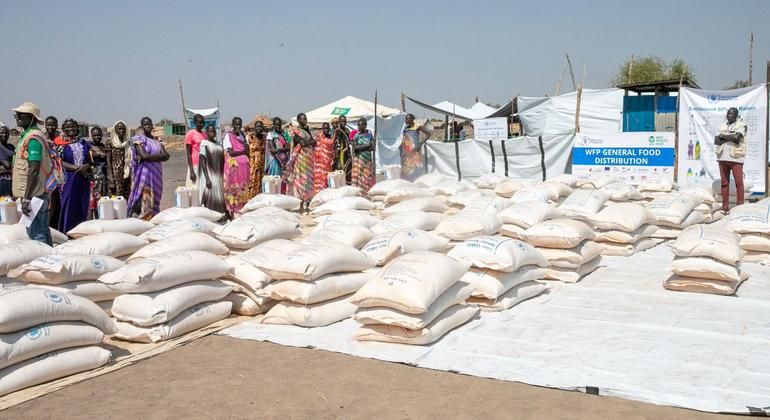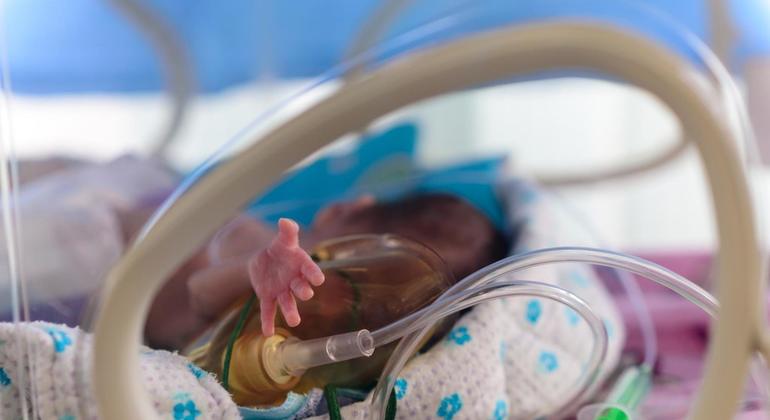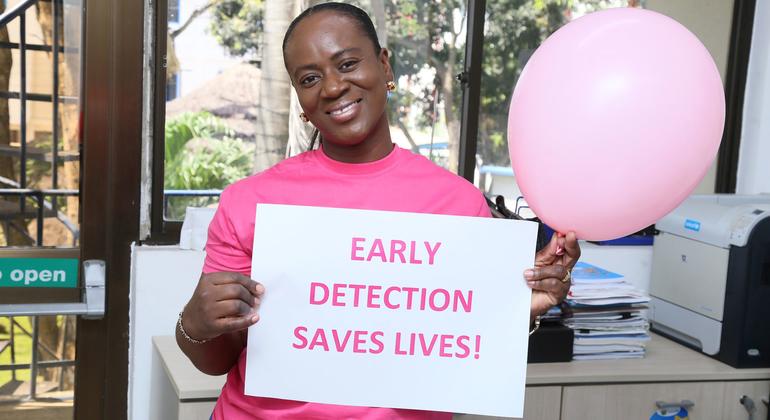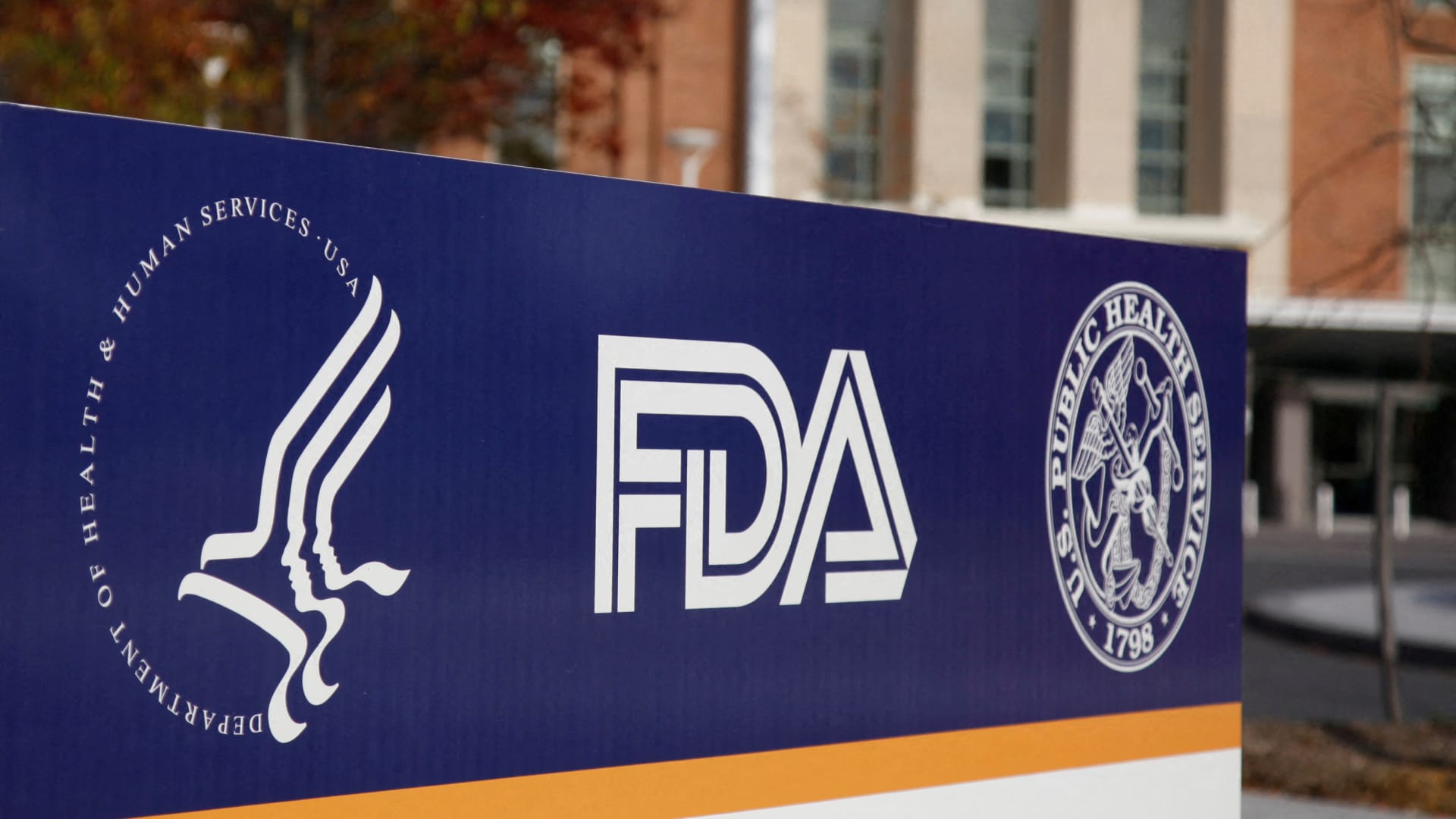But hunger has followed them. More than 57 percent of the population in the younger country in the south already faces high levels of acute food insecurity.
Sudan and South Sudan are among the five worldwide critical points of “greater concern”, trapped in a conflict cycle, climatic shocks and economic deterioration.
He continued to fight in Sudan, the early floods that affect his southern neighbor and deteriorate economic conditions in both countries to intensify hunger in the coming months.
A new report published Monday by the World Food Program (PMA) and the Organization of Agriculture and Agriculture (FAO) also identified Palestine, Mali and Haiti as the other critical points of high priority hunger, with seven other countries that will probably see food security in the next five months.
The report, which analyzes the existing data to project the nature of food insecurity, emphasized that without immediate humanitarian assistance, people living in these critical points will face serious conditions of food and high risks of starvation and death.
“This report makes it very clear: hunger today is not a distant threat: it is a daily emergency for millions. We must act now and act together to save lives and safeguard the livelihoods,” said the general director of the FAO, general, Qué Dongyu.
Hunger driven by conflicts
The report identified that the main driver of hunger is the conflict that is often aggravated by climatic and economic clashes.
“There is an ongoing famine in Sudan and also a risk of famine in the case of Gaza. And all of them are driven by conflict and lack of access to humanitarians,” said Jean-Martin Baucer, director of FAO Food Security Analysis.
In Gaza, the entire population of 2.1 million people experiences levels of food insecurity crisis in the coming months as a result of prolonged military operations, with almost 500,000 projected to face catastrophic levels of food insecurity.
Sawsan was an artist in Gaza before the conflict began. Since then, she and her four children have been displaced, losing everything they possessed. They do not have enough to eat: Sawsan described the PMA that now reduced to crush macaroni to make bread for their children.
The report also noted that climate shocks and conflicts often cause prolonged economic decreases, reducing purchasing power and self -sufficient capacity of households and communities.
Fast window closure
In recent months, humanitarian food operations have faced significant food shortage and have been geographically prevented by security crisis that make help delivery simply dangerous.
PMA and FAO are asking that the international community drastically intensify funds for humanitarian aid related to food and nutrition in the coming months and advocate for the end of fighting.
“Urgent and sustained investment in food assistance and recovery support is crucial since the window to avoid even more devastating hunger is quickly closing,” said WFP executive director Cindy McCain.
'Red alert'
In May, the food aid sector estimated that it would need $ 12.2 billion, but only nine percent of this was financed.
The report also stressed the importance of moving towards long -term humanitarian strategies that equip communities with self -sufficient abilities and are less expensive.
“This report is a red alert. We know where hunger is increasing and we know who is at risk. We have the tools and experience to respond, but without funds and access, we cannot save lives,” said Mrs. McCain.












